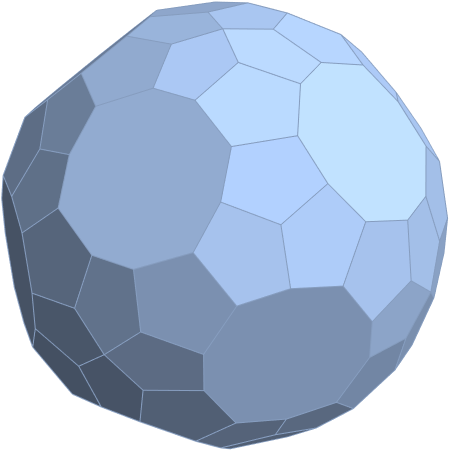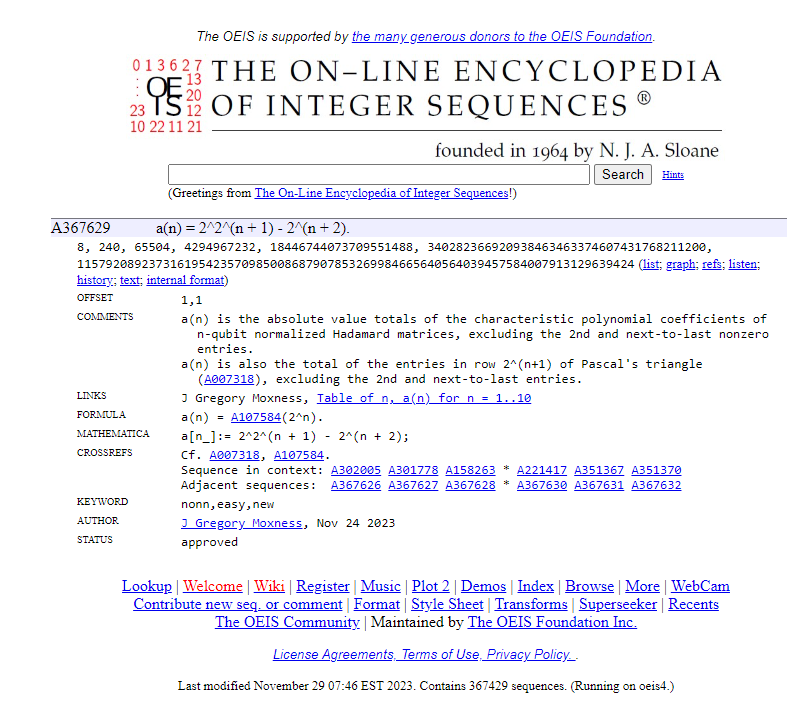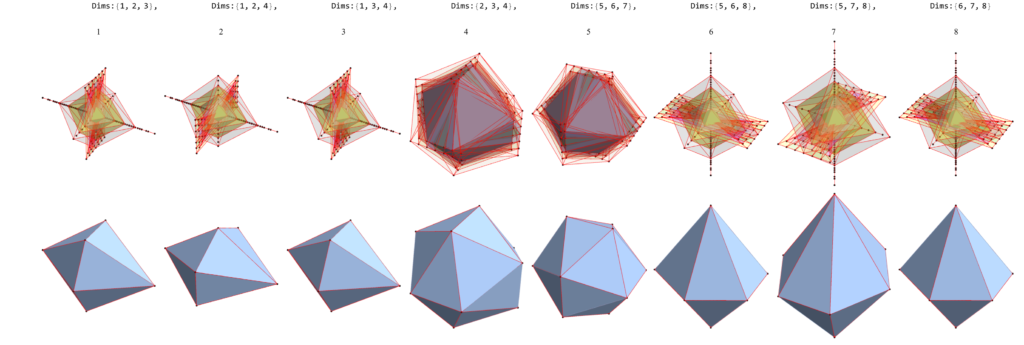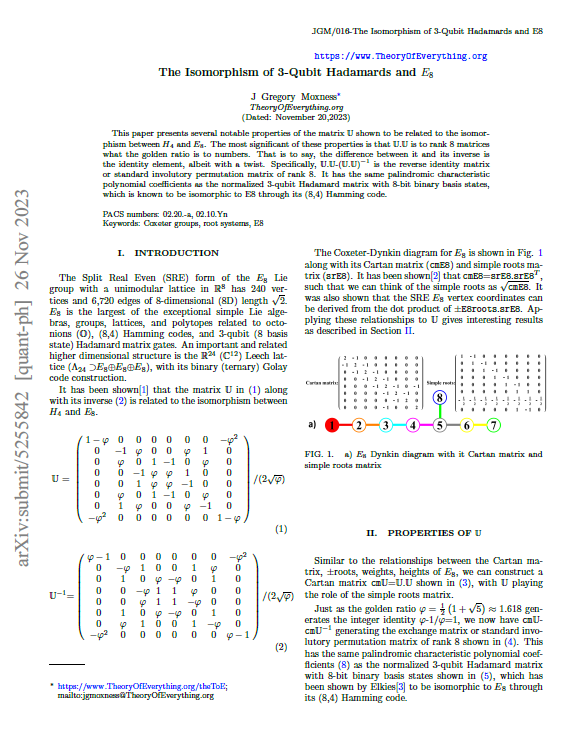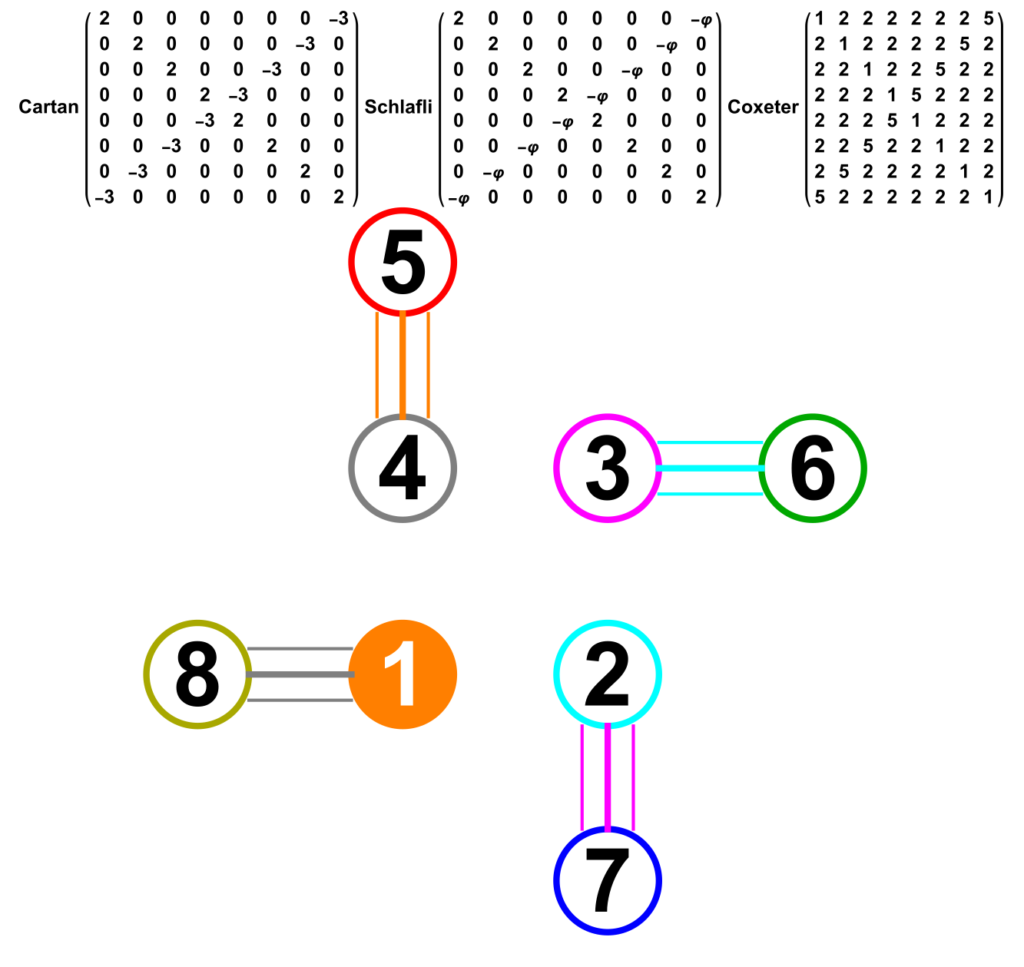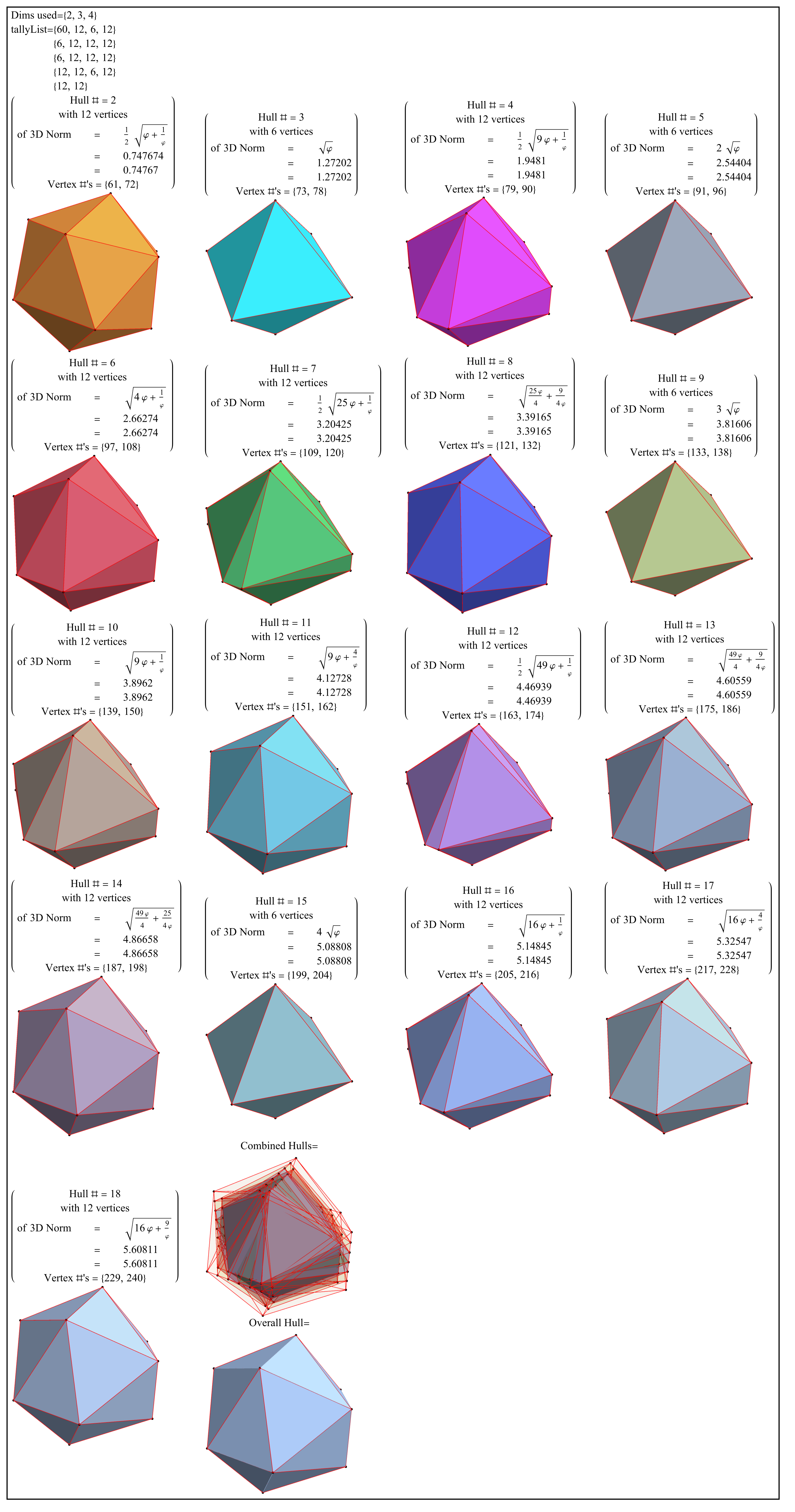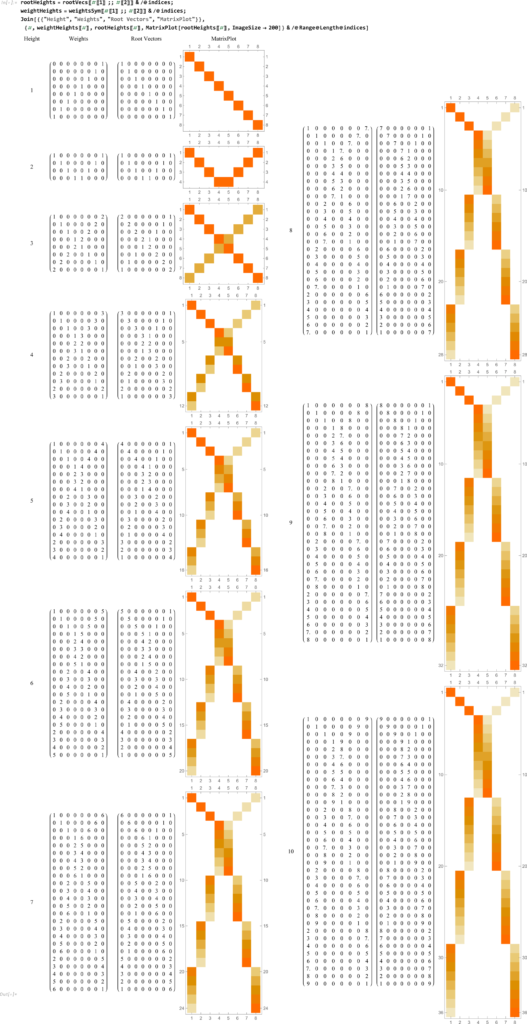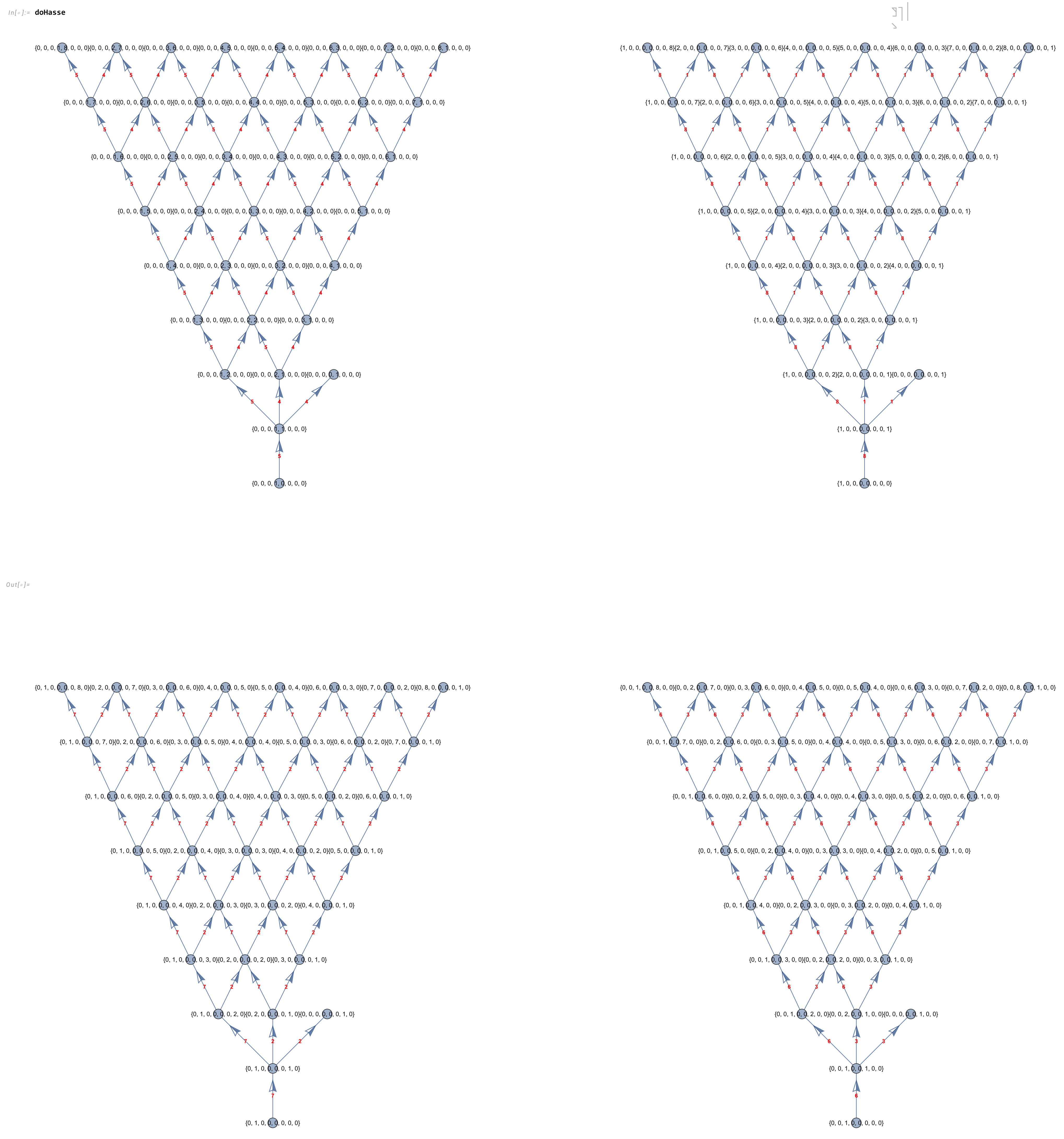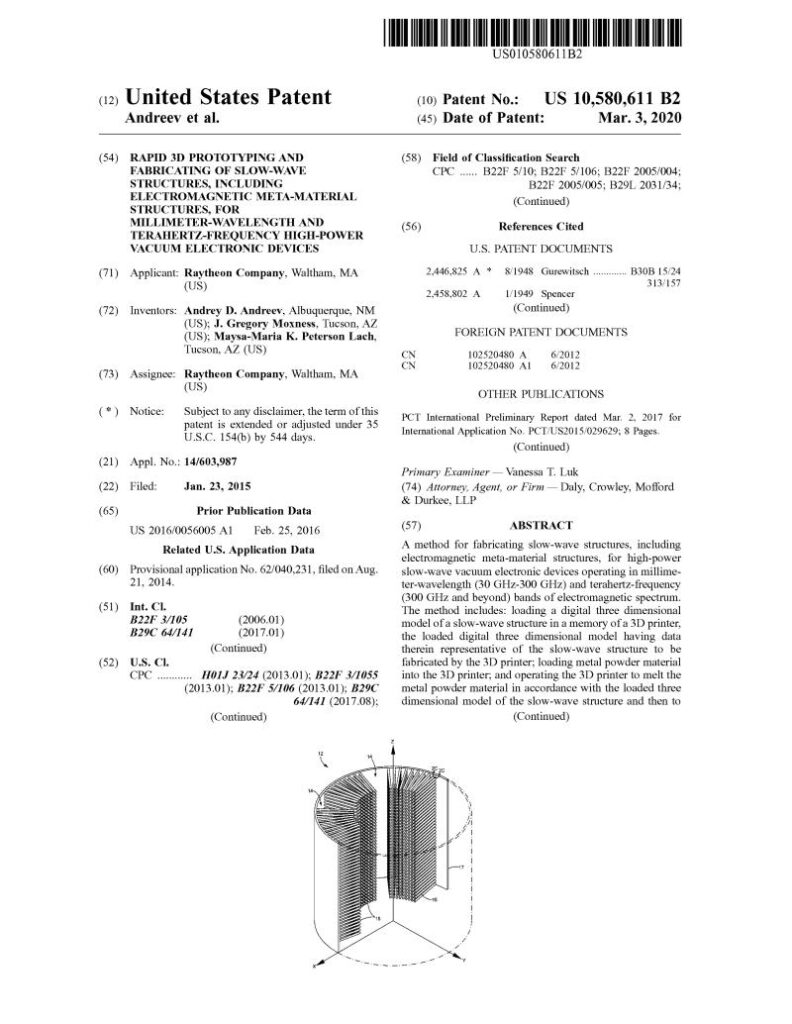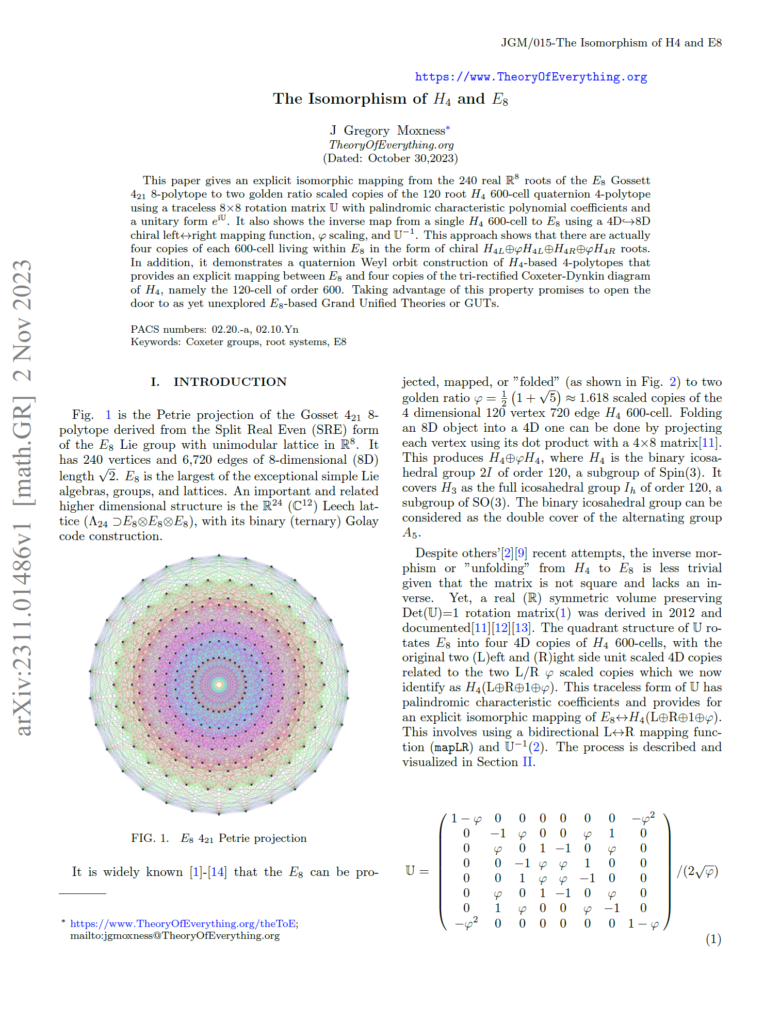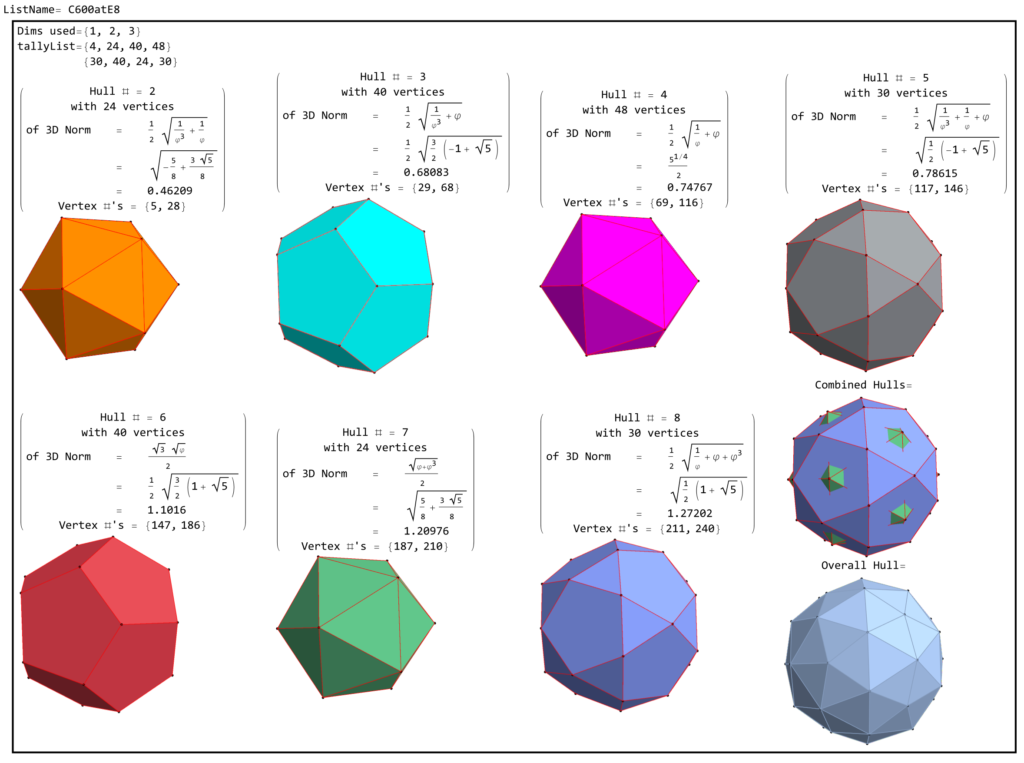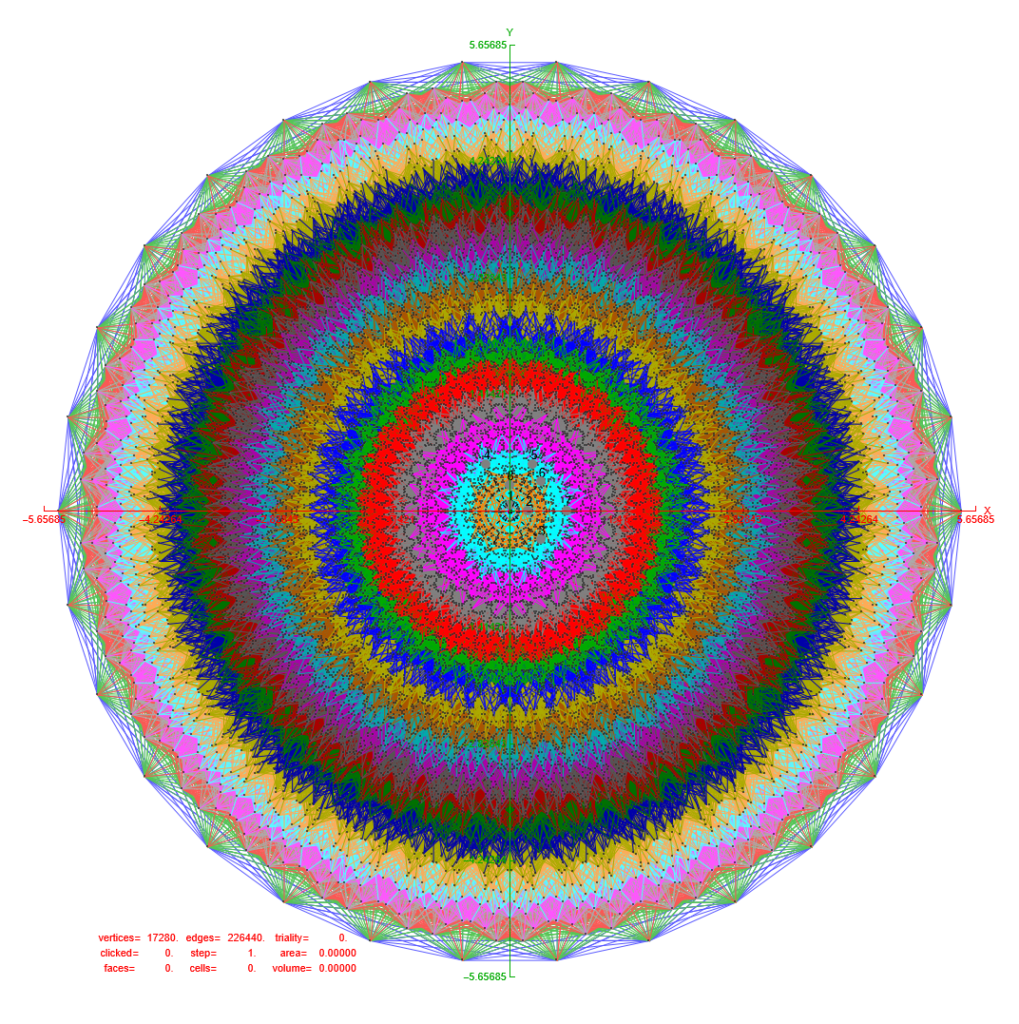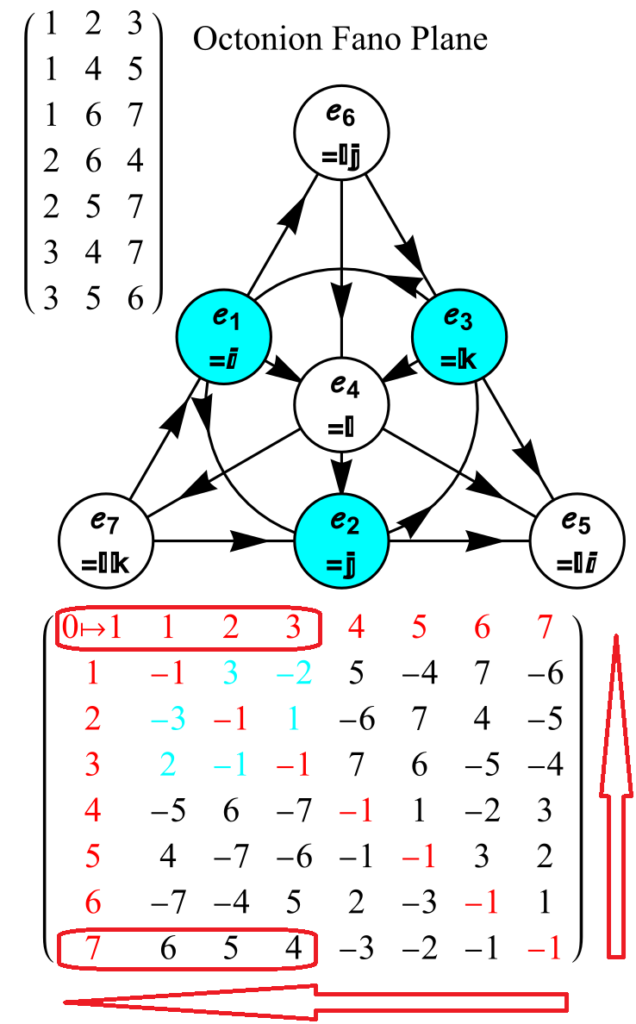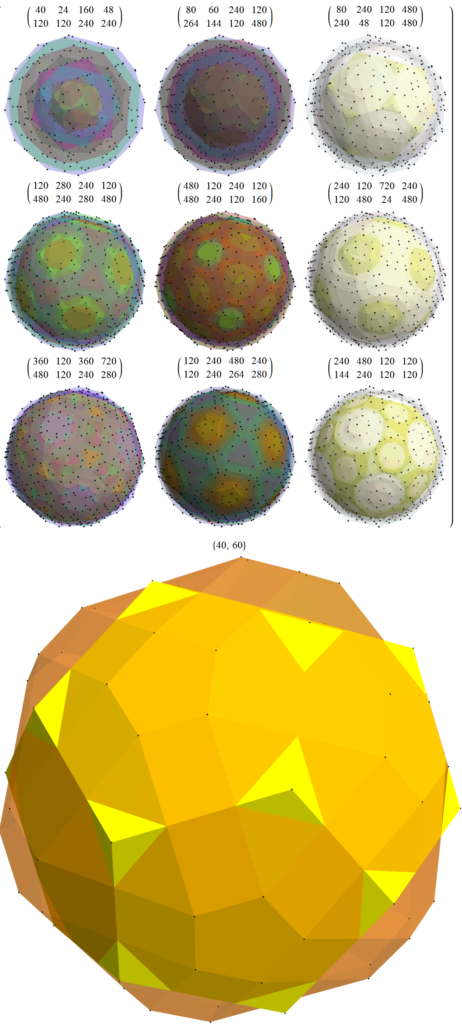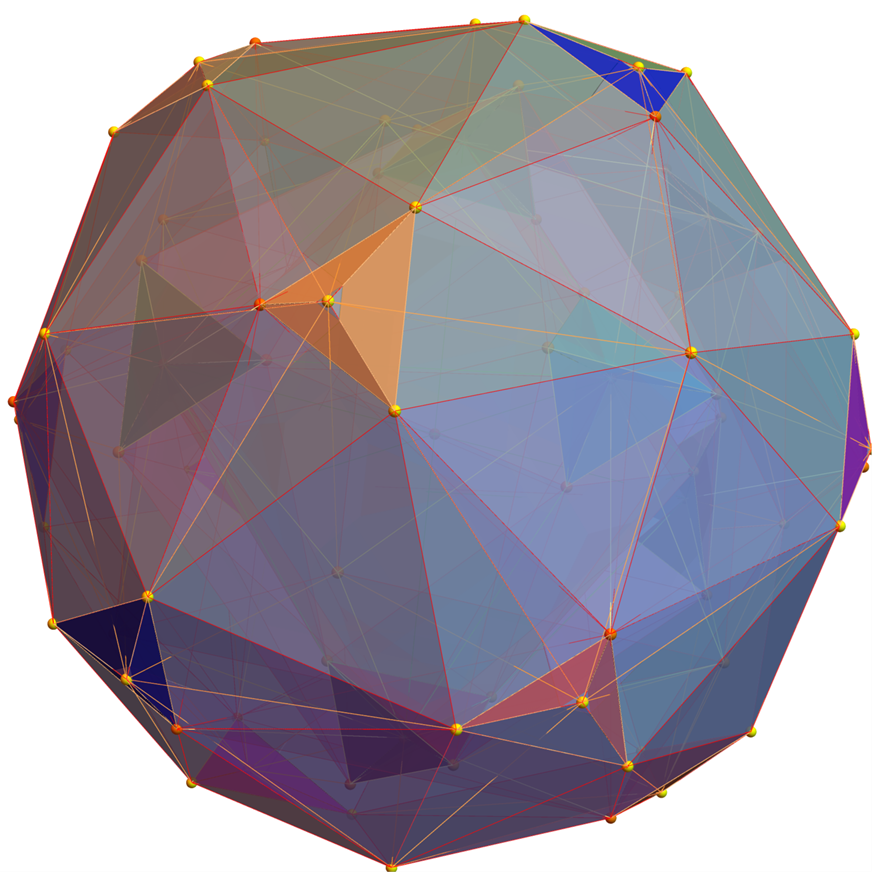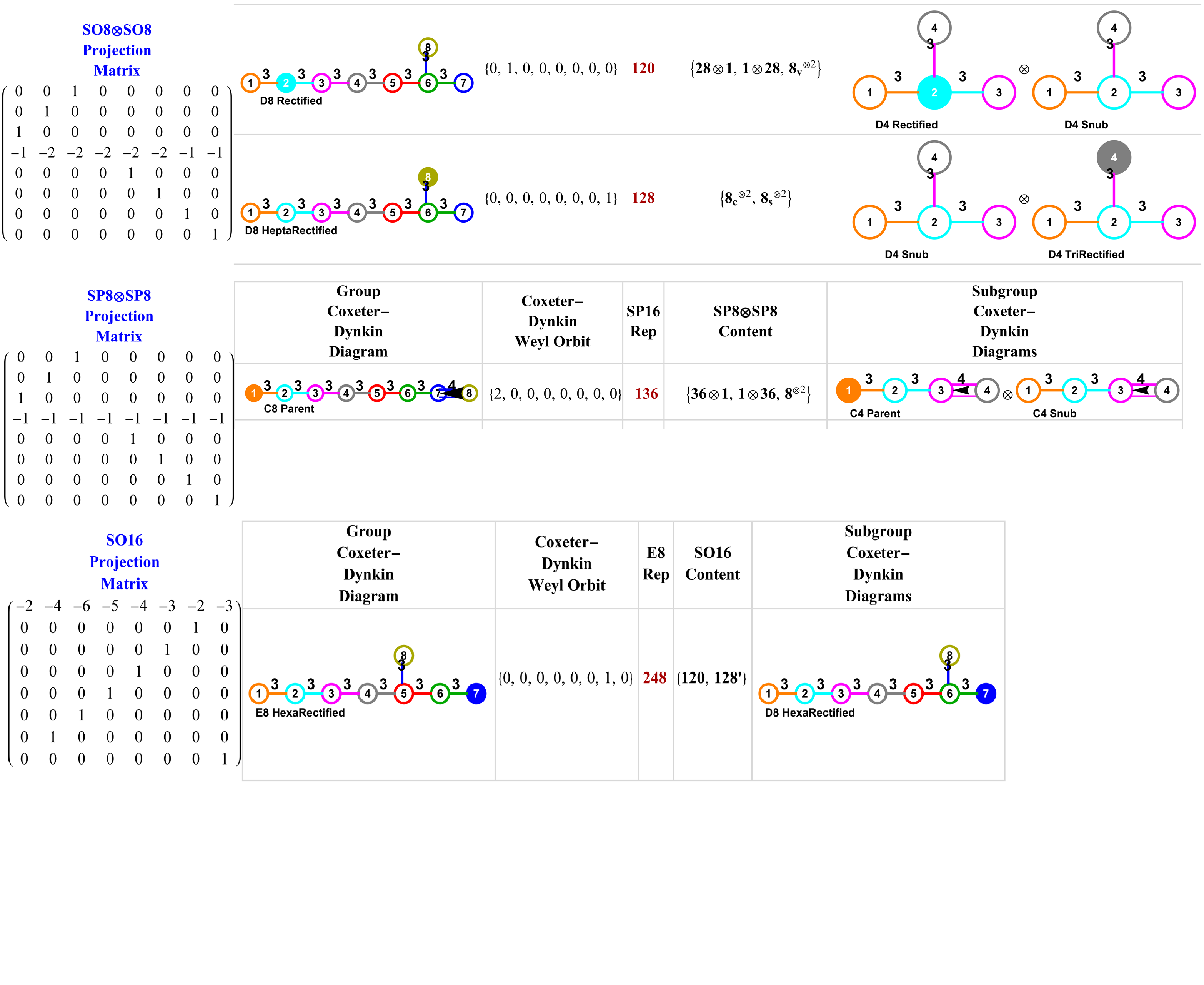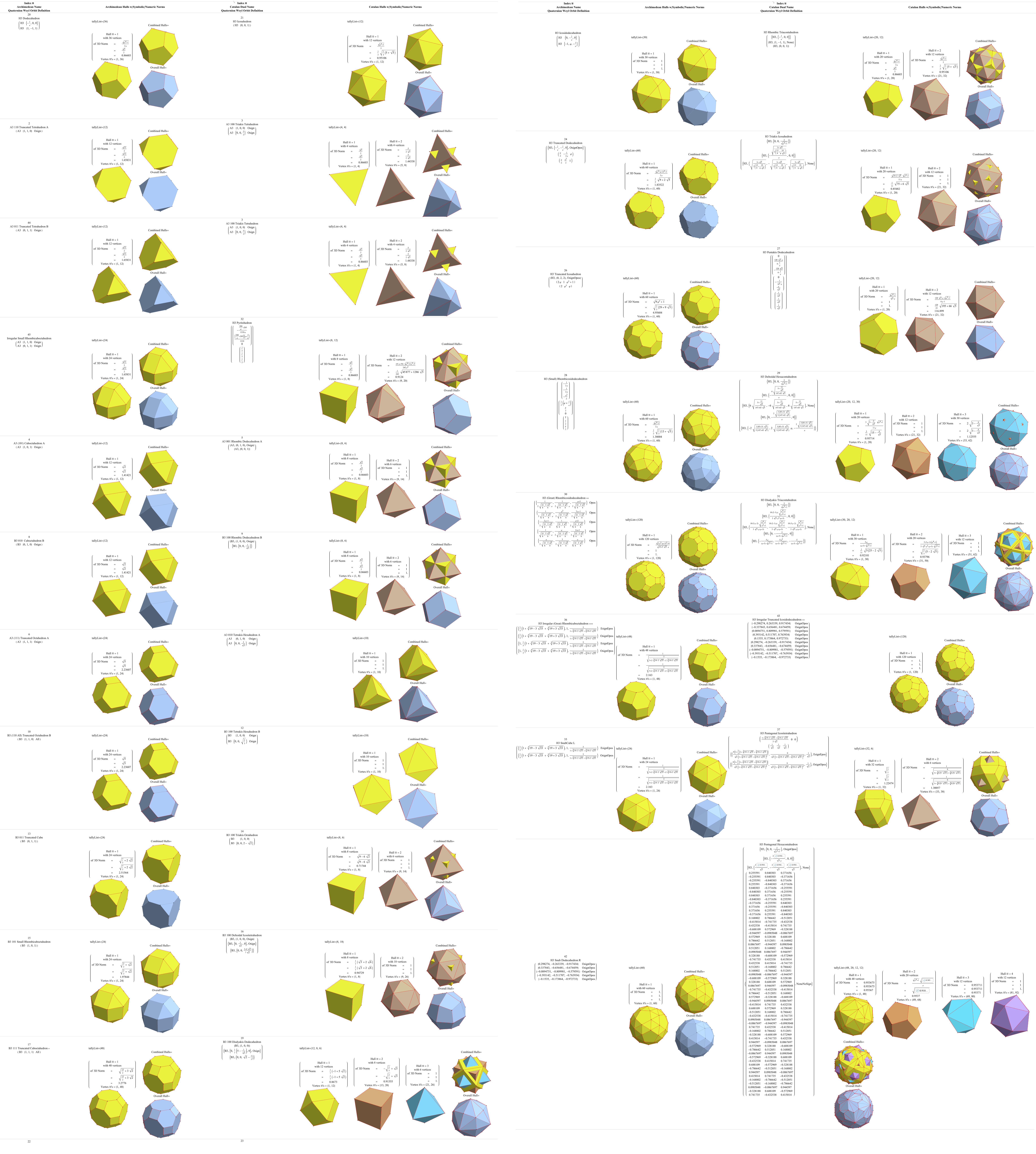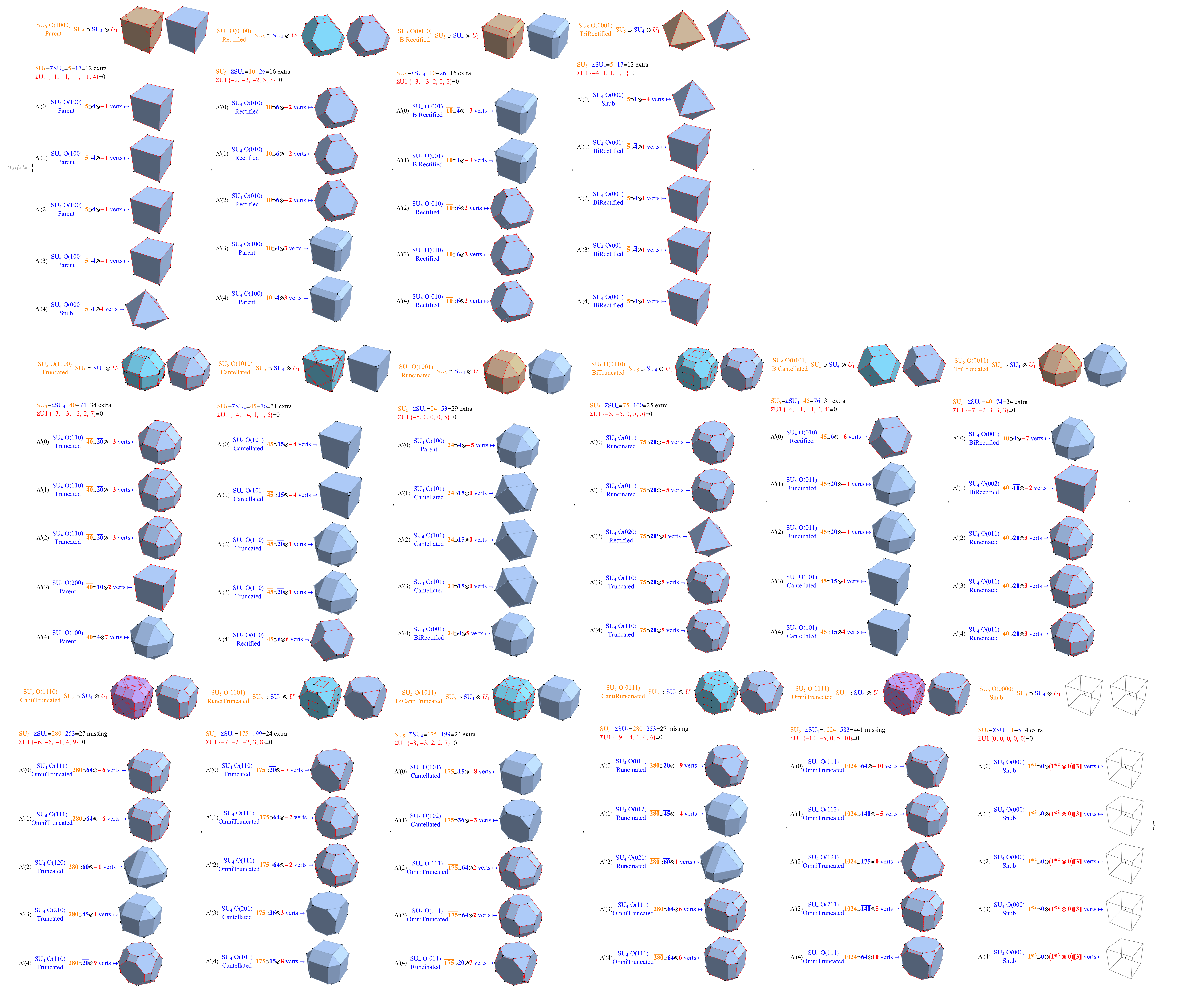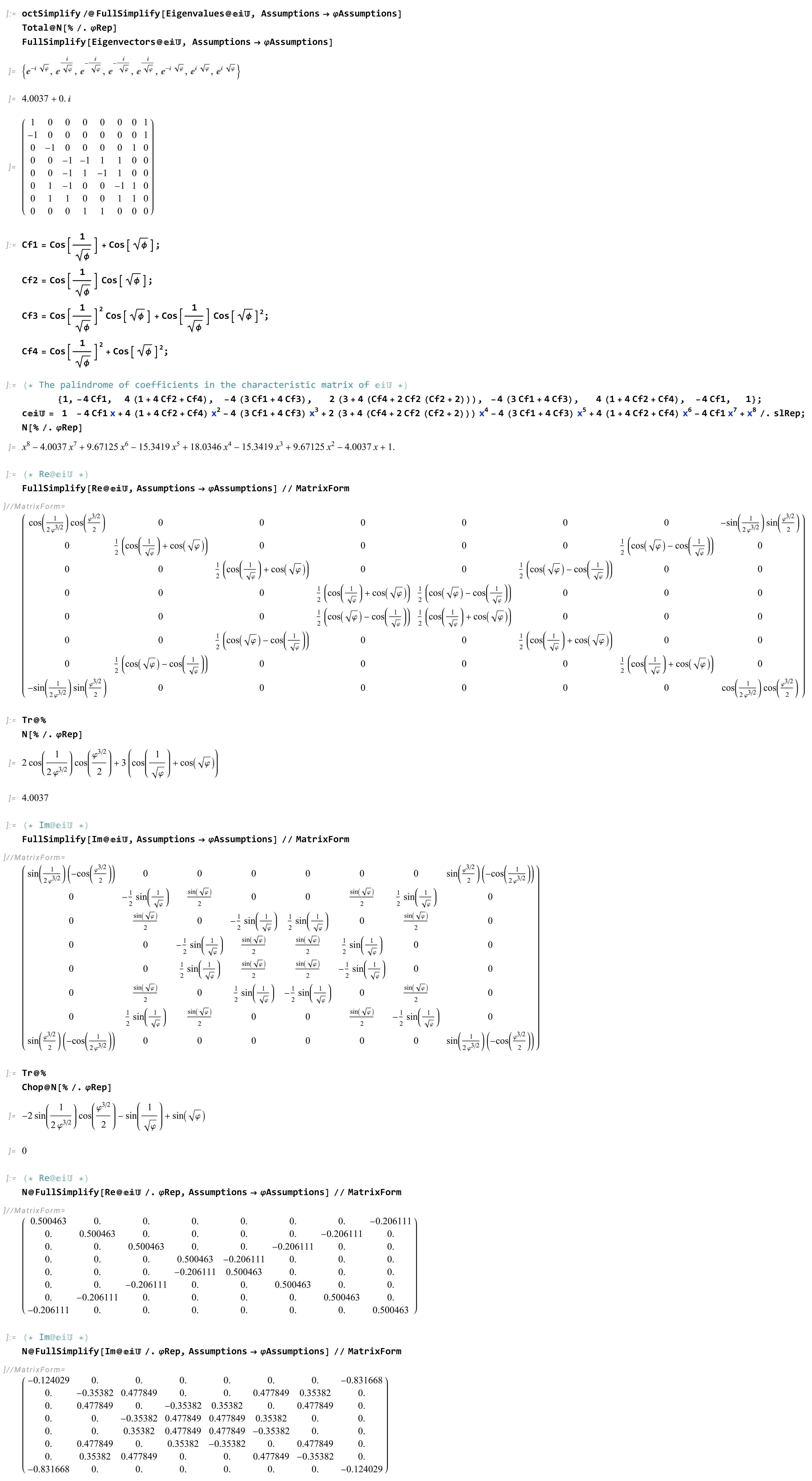Please see the STA Wikipedia page or Lasenby, A. (2022), Some recent results for SU(3) and Octonions within the Geometric Algebra approach to the fundamental forces of nature, doi:10.1002/mma.8934 for more information on STA based octonion products.
Space-Time Algebra (STA) octonionic representation

Or if you prefer a more visually attractive form using the Hodge star

I have updated my comprehensive Fano plane list of 480 octonion triad sets. This new file adds the SpaceTime Algebra (STA) octonion representation on the nodes.
There are 7 sets of split octonions for each of the 480 “parent” octonions (each of which is defined by 30 sets of 7 triads and 16 7 bit “sign masks” which reverse the direction of the triad multiplication – detail of that below). The 7 split octonions are identified by selecting a triad. The complement of {1,2,3,4,5,6,7} and the selected triad leaves 4 elements which are the rows/colums corresponding to the negated elements in the multiplication table (highlighted with yellow background). The red arrows in the Fano Plane indicate the potential reversal due to this negation that defines the split octonions. The selected triad nodes are cyan, and the other 4 are yellow. Similar to STA, the split octonions allow for the simplification of Maxwell’s four equations which define electromagnetism (aka.light) into a single equation.
It also shows each octonion’s “Derivation” of the G2 automorphism group (the octonions). This means it analyzes each of the 480 octonions (and the 7 split-octonions with one per triad) in terms of the 7×7 “Nullspace” of the 21 upper-triangular vectors (14 null vectors that define the dimension of G2 (2*6 roots + 2 generators) and the 7 non-null vectors (shown). The first column (next to the green highlighted “missing en“) is the Derivation of the (non-split) parent octonion. The other 3 columns are the unique non-null Derivation entries which are not the same as the parent octonion’s entry. These are identified by the triad-based split numbers from which they were produced. Notice too that like the “missing en” for each row, there is also one of the four columns having a blank upper Derivation entry.
In total, these updated PDF files are 480 11×17 landscape 12pt font pages sorted by the assigned octonion to its E8 root vertex number based on a canonical sort from the 9th row of the Pascal triangle. As such (excluding the 8 positive and 8 negative “excluded generator roots” (#2-9 & #248-255) which don’t produce unique octonions. For each split real even E8 vertex, the algebra root, weight and height are listed along with the Clifford/Pascal binary and physics rotation coordinates.
It is now in two sets of files that show the STA detail multiplication table in each 240 + 240 sets of E8 indices based on whether the flag triad1Rev=False or True is set. This determines how the triad arrow directions are set using the 8 sign-masks (more detail on that below). This flag can be thought of as choosing which of two non-commutative multiplication options is used for defining the quaternions (IJ=K or right-handed or JI=K left-handed) as either True or False (340Mb each). There is a corresponding Mathematica notebooks with the same content in case you want to interact (e.g. rotate in 3D the Fano plane) here (280 Mb) viewable using the free viewable Player.
My original Fano plane / split Fano plane posts from 10+ years ago are here and here.
A bit about octonion multiplication tables:
The 480 possible octonion table permutations are generated with a list of 30 sets of triples (3 numbers from 1-7 with no two triples with two numbers in common).

These can be visualized as a Fano plane. The Fano plane is easily constructed by taking the first 3 (of 7) triads and deleting the 4th and 7th (of the 9) numbers. This gives a “flattened” list of numbers (1-7) in some permutation order. While there are 7!=5040 possible, only 480 create proper octonions. But how to pair up the 480 to mesh with E8?
There are 16 possible +/- sign reversal (or sign mask (sm) bits also shown as hex number) permutations available in each of the 30 Fano planes (30*16=480). These sm bits also “invert” like the “anti” bits in E8 (which sorts it into a top half/bottom half canonical list built using the 9th row of the Pascal triangle and Clifford algebras). So the 16 sm possibilities split into two sets of 8. This changes the direction of the Fano plane arrows (one bit for each of the 7 triads in the chosen canonical triad, with the least significant hex bit (LSB) unused).
The algorithm to produce the 480 triad sets from the above sign masks and 30 canonical sets of 7 triads comes from a discussion by D. Chesley on twisted octonions and a paper “Octonion Multiplication and 7-Cube Vertices” from his personal website (1988).
In it he says: “Each representation of the octonions arranges the seven imaginary unit elements into seven triads, with no two distinct triads having a pair of elements in common. There is a natural mapping between the 30 distinct sets of triads and the 30 distinct versions of B7 which contain the vertex (0,0,0,0,0,0,0). Assigning a chirality to each triad of a given octonion representation then reveals that not all 128 possible chirality assignments result in a normed division algebra. In fact, for each of the 30 possible ways of grouping the elements, each of 16 chirality assignments (again corresponding to a B7) gives a distinct representation of the octonions for a total of 480 representations, and each of the other 112 (corresponding to D7) gives a distinct representation of the twisted octonion algebra.”
It turns out with some skillfull pattern matching in constructing the sign masks, the 8 sm bits pair up into two sets of four {1,4,6,7} and {2,3,5,8} giving a kind of “spin” match to E8. These pairs of 4 also operate as a left-right symmetry pattern seen in the structure of E8.
I would also like to show what I think is one (of two) of the most beautiful octonion due to its symmetric patterns. It was introduced in my (always updated/corrected) last few papers here and here (or if you prefer to get the originals off arXiv here and here). It happens to be the first canonical triad (with Fano plane index fPi=1) with 16 sign-mask set of sm=5 with the sign mask in position #1 as hex 08H (which reverses triad 4 from 246→264). This not only naturally produces a palindromic RCHO Standard model with E8 vertex counts, the STA Hodge star elements are in the reverse diagonal of e7, its non-null Derivation has en with n= {1,2,3,4,5,6,7} with the unique split derivations being the same as the 7 triads in order. It is one octonion of the 480 (one of only two- with the other also in fPi=1 and sm=5 with the sign mask in position #8 as hex 3CH – the last of the first row of non-inverted Hex masks) that have that property! There are only 6 others (out of 48 total starting with the canonical quaternion first triad of {1,2,3}) that have the triad derivations, but the triad node orders are mixed along with the multiplication table +/- signs in the last row being mixed across {0,1,2,3} and {4,5,6,7}. Here is an animated Powerpoint build of the diagram below:
Below are a few of the relevant Mathematica function definitions that are used in the calculations above.










